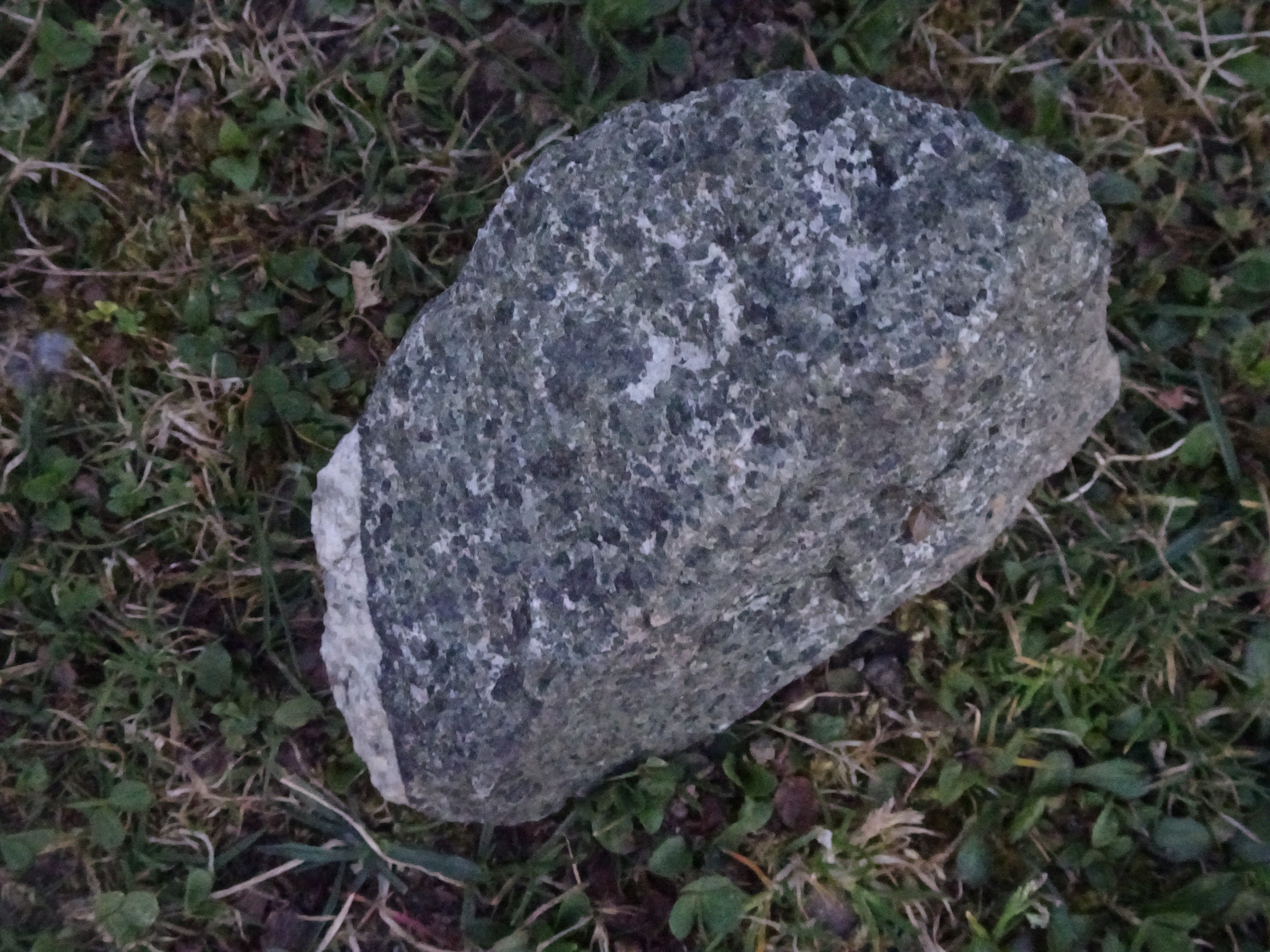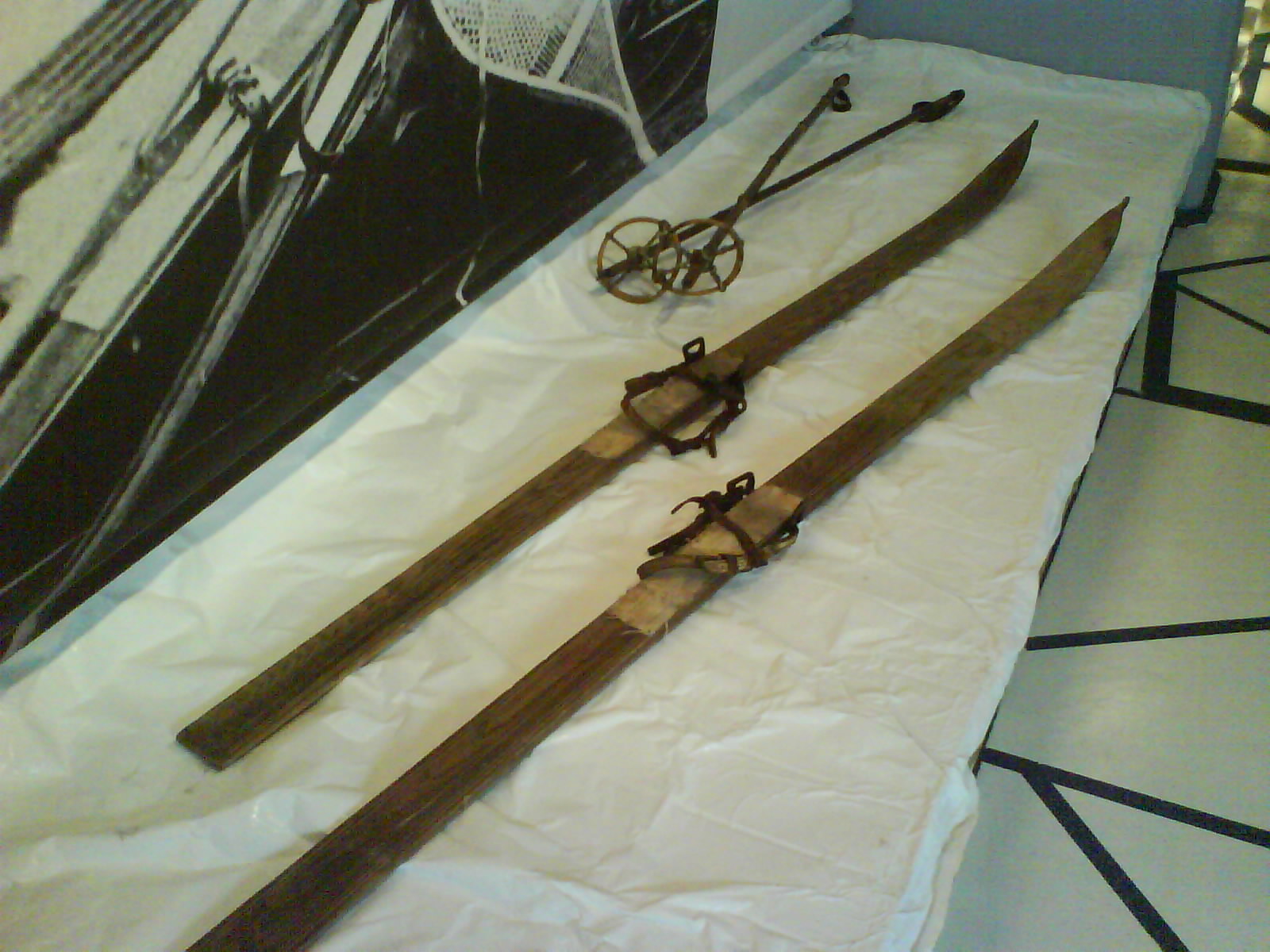|
Kope–Ribnica Pohorje Ski Resort
Kope–Ribnica Pohorje Ski Resort ( sl, Smučišče Kope–Ribniško Pohorje) is a joined Slovenian ski resort located in western part of Pohorje mountain in municipality of Slovenj Gradec and Ribnica na Pohorju Ribnica na Pohorju () is a settlement in northern Slovenia. It is the seat of the Municipality of Ribnica na Pohorju. It lies in the Pohorje Hills west of Maribor. The area is part of the traditional region of Styria. It is now included in the Car .... ''Kope'' is one area resort and a few kilometers away ''Ribnica Pohorje'' (), consisting of the ski areas "Ribnica Hut" () and "Ribnica na Pohorju". Today they are presented as one resort. Resort statistics Elevation Summit - 1,542 m / (5,058 ft) Base - 715 m / (2,345 ft) Ski Terrain 0,79 km2 (194 acres) - Kope, Ribnica Pohorje (''Ribniška koča & Ribnica na Pohorju'') covering over on one mountain. Slope Difficulty / Vertical Drop - 827 m (2712 ft) in total Longest Run: ''"Kaštivnik"'' ... [...More Info...] [...Related Items...] OR: [Wikipedia] [Google] [Baidu] |
Slovenj Gradec
Slovenj Gradec (; german: Windischgrätz'', ''after about 1900 ''Windischgraz'') is a town in northern Slovenia. It is the centre of the City Municipality of Slovenj Gradec. It is part of the historical Styria region, and since 2005 it has belonged to the NUTS-3 Carinthia Statistical Region. It is located in the Mislinja Valley at the eastern end of the Karawanks mountain range, about west of Maribor and northeast of Ljubljana. History ''Gradec'', Slovene for 'little castle', was first mentioned in a 1091 deed, then part of the Imperial March of Styria. The prefix ''Windisch'' (the traditional German name for Slavs in general and Slovenes in particular) was added to distinguish it from the city Graz (whose name has the same etymology). The modern Slovene name, Slovenj Gradec (literally: the Slovene Graz), derives from this German denomination. From 1180 until 1918, Slovenj Gradec belonged to the Duchy of Styria, since 1804 a crown land of the Austrian Empire. It was the ance ... [...More Info...] [...Related Items...] OR: [Wikipedia] [Google] [Baidu] |
Ribnica Na Pohorju
Ribnica na Pohorju () is a settlement in northern Slovenia. It is the seat of the Municipality of Ribnica na Pohorju. It lies in the Pohorje Hills west of Maribor. The area is part of the traditional region of Styria. It is now included in the Carinthia Statistical Region. Name Ribnica was attested in written sources in 1266 as ''Reyvinich'' (and as ''Reivinich'' and ''Reyvenz'' in 1283, and ''Reiffnik'' in 1319). The name was originally a hydronym derived from the common noun ''riba'' 'fish', thus referring to a stream with many fish and, by extension, a settlement along such a stream. The village was known as ''Reifnigg'' in German. Church The parish church in the settlement is dedicated to Saint Bartholomew and belongs to the Roman Catholic Archdiocese of Maribor. It was first mentioned in written documents dating to 1356. The current building dates to around 1740. A second church near the settlement's main cemetery A cemetery, burial ground, gravesite or graveyard is a ... [...More Info...] [...Related Items...] OR: [Wikipedia] [Google] [Baidu] |
Pohorje
Pohorje (), also known as the Pohorje Massif or the Pohorje Mountains (german: Bachergebirge, ''Bacherngebirge'' or often simply ''Bachern''), is a mostly wooded, medium-high mountain range south of the Drava River in northeastern Slovenia. According to the traditional AVE classification it belongs to the Southern Limestone Alps. Geologically, it forms part of the Central Alps and features silicate metamorphic and igneous rock. Pohorje is sparsely populated with dispersed villages. There are also some ski resorts. Geography Pohorje is an Alpine mountain ridge with domed summits south of the Drava. It roughly lies in the triangle formed by the towns of Maribor (to the east), Dravograd (to the west) and Slovenske Konjice (to the south). To the northwest, it is bounded by the Mislinja River, to the south by the Vitanje Lowlands (), to the east it descends to the Drava Plain () and to the southeast it descends to the Pohorje Foothills (). It measures about from east to west an ... [...More Info...] [...Related Items...] OR: [Wikipedia] [Google] [Baidu] |
Ski Trail Rating Symbol Blue Circle
A ski is a narrow strip of semi-rigid material worn underfoot to glide over snow. Substantially longer than wide and characteristically employed in pairs, skis are attached to ski boots with ski bindings, with either a free, lockable, or partially secured heel. For climbing slopes, ski skins (originally made of seal fur, but now made of synthetic materials) can be attached at the base of the ski. Originally intended as an aid to travel over snow, they are now mainly used recreationally in the sport of skiing. Etymology and usage The word ''ski'' comes from the Old Norse word which means "cleft wood", "stick of wood" or "ski". In Old Norse common phrases describing skiing were ''fara á skíðum'' (to travel, move fast on skis), ''renna'' (to move swiftly) and ''skríða á skíðum'' (to stride on skis). In modern Norwegian the word ''ski'' has largely retained the Old Norse meaning in words for split firewood, wood building materials (such as bargeboards) and roundpole fence ... [...More Info...] [...Related Items...] OR: [Wikipedia] [Google] [Baidu] |
Ski Trail Rating Symbol Red Circle
A ski is a narrow strip of semi-rigid material worn underfoot to glide over snow. Substantially longer than wide and characteristically employed in pairs, skis are attached to ski boots with ski bindings, with either a free, lockable, or partially secured heel. For climbing slopes, ski skins (originally made of seal fur, but now made of synthetic materials) can be attached at the base of the ski. Originally intended as an aid to travel over snow, they are now mainly used recreationally in the sport of skiing. Etymology and usage The word ''ski'' comes from the Old Norse word which means "cleft wood", "stick of wood" or "ski". In Old Norse common phrases describing skiing were ''fara á skíðum'' (to travel, move fast on skis), ''renna'' (to move swiftly) and ''skríða á skíðum'' (to stride on skis). In modern Norwegian the word ''ski'' has largely retained the Old Norse meaning in words for split firewood, wood building materials (such as bargeboards) and roundpole fence ... [...More Info...] [...Related Items...] OR: [Wikipedia] [Google] [Baidu] |
Ski Trail Rating Symbol Black Circle
A ski is a narrow strip of semi-rigid material worn underfoot to glide over snow. Substantially longer than wide and characteristically employed in pairs, skis are attached to ski boots with ski bindings, with either a free, lockable, or partially secured heel. For climbing slopes, ski skins (originally made of seal fur, but now made of synthetic materials) can be attached at the base of the ski. Originally intended as an aid to travel over snow, they are now mainly used recreationally in the sport of skiing. Etymology and usage The word ''ski'' comes from the Old Norse word which means "cleft wood", "stick of wood" or "ski". In Old Norse common phrases describing skiing were ''fara á skíðum'' (to travel, move fast on skis), ''renna'' (to move swiftly) and ''skríða á skíðum'' (to stride on skis). In modern Norwegian the word ''ski'' has largely retained the Old Norse meaning in words for split firewood, wood building materials (such as bargeboards) and roundpole fence ... [...More Info...] [...Related Items...] OR: [Wikipedia] [Google] [Baidu] |
Surface Lift
A surface lift is a type of cable transport for snow sports in which skiers and snowboarders remain on the ground as they are pulled uphill. While they were once prevalent, they have been overtaken in popularity by higher-capacity and higher-comfort aerial lifts, such as chairlifts and gondola lifts. Today, surface lifts are most often found on beginner slopes, small ski areas, and peripheral slopes. They are also often used to access glacier ski slopes because their supports can be anchored in glacier ice due to the lower forces and realigned due to glacier movement. Surface lifts have some disadvantages compared to aerial lifts: they require more passenger skill and may be difficult for some beginners (especially snowboarders, whose boards point at an angle different than the direction of travel) and children; sometimes they lack a suitable route back to the piste; the snow surface must be continuous; they can get in the way of skiable terrain; they are relatively slow in spee ... [...More Info...] [...Related Items...] OR: [Wikipedia] [Google] [Baidu] |
Chairlift
An elevated passenger ropeway, or chairlift, is a type of aerial lift, which consists of a continuously circulating steel wire rope loop strung between two end terminals and usually over intermediate towers, carrying a series of chairs. They are the primary onhill transport at most ski areas (in such cases referred to as 'ski lifts'), but are also found at amusement parks, various tourist attractions, and increasingly in urban transport. Depending on carrier size and loading efficiency, a passenger ropeway can move up to 4000 people per hour, and the fastest lifts achieve operating speeds of up to or . The two-person double chair, which for many years was the workhorse of the ski industry, can move roughly 1200 people per hour at rope speeds of up to . The four person detachable chairlift ("high-speed quad") can transport 2400 people per hour with an average rope speed of . Some bi and tri cable elevated ropeways and reversible tramways achieve much greater operating speeds ... [...More Info...] [...Related Items...] OR: [Wikipedia] [Google] [Baidu] |
Ski Resort
A ski resort is a resort developed for skiing, snowboarding, and other winter sports. In Europe, most ski resorts are towns or villages in or adjacent to a ski area – a mountainous area with pistes (ski trails) and a ski lift system. In North America, it is more common for ski areas to exist well away from towns, so ski resorts usually are destination resorts, often purpose-built and self-contained, where skiing is the main activity. Ski resort Ski resorts are located on both Northern and Southern Hemispheres on all continents except Antarctica. They typically are located on mountains, as they require a large slope. They also need to receive sufficient snow (at least in combination with artificial snowmaking, unless the resort uses dry ski slopes). High concentrations of ski resorts are located in the Alps, Scandinavia, western and eastern North America, and Japan. There are also ski resorts in the Andes, scattered across central Asia, and in Australia and New Zealand. Ext ... [...More Info...] [...Related Items...] OR: [Wikipedia] [Google] [Baidu] |
Ski Areas And Resorts In Slovenia
A ski is a narrow strip of semi-rigid material worn underfoot to glide over snow. Substantially longer than wide and characteristically employed in pairs, skis are attached to ski boots with ski bindings, with either a free, lockable, or partially secured heel. For climbing slopes, ski skins (originally made of seal fur, but now made of synthetic materials) can be attached at the base of the ski. Originally intended as an aid to travel over snow, they are now mainly used recreationally in the sport of skiing. Etymology and usage The word ''ski'' comes from the Old Norse word which means "cleft wood", "stick of wood" or "ski". In Old Norse common phrases describing skiing were ''fara á skíðum'' (to travel, move fast on skis), ''renna'' (to move swiftly) and ''skríða á skíðum'' (to stride on skis). In modern Norwegian the word ''ski'' has largely retained the Old Norse meaning in words for split firewood, wood building materials (such as bargeboards) and roundpole f ... [...More Info...] [...Related Items...] OR: [Wikipedia] [Google] [Baidu] |







